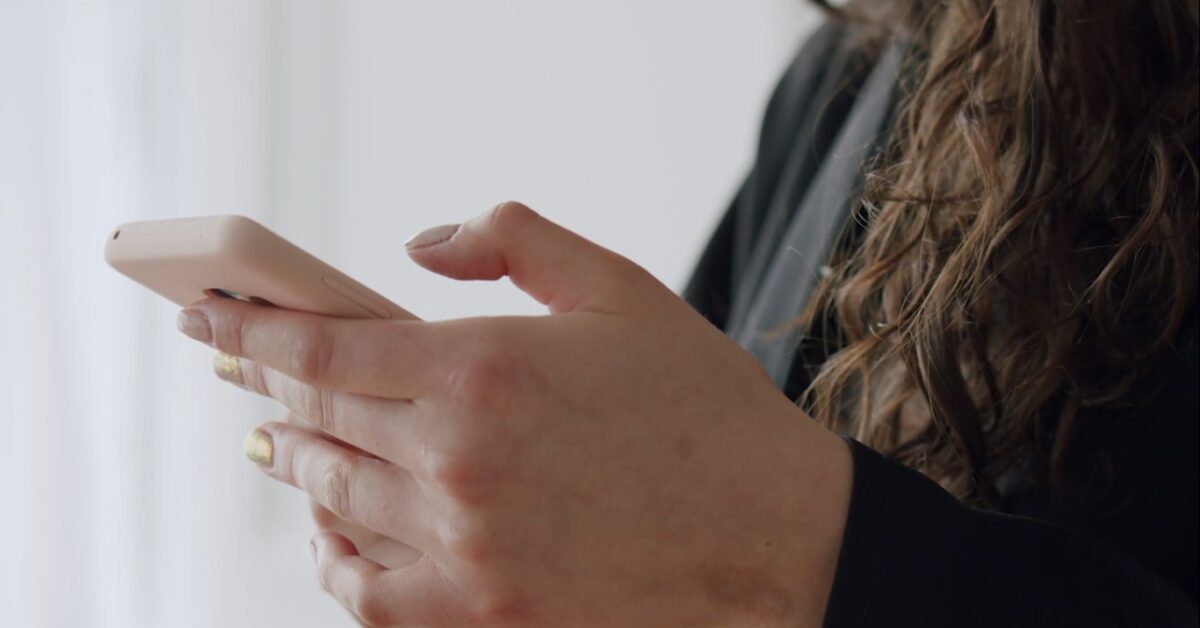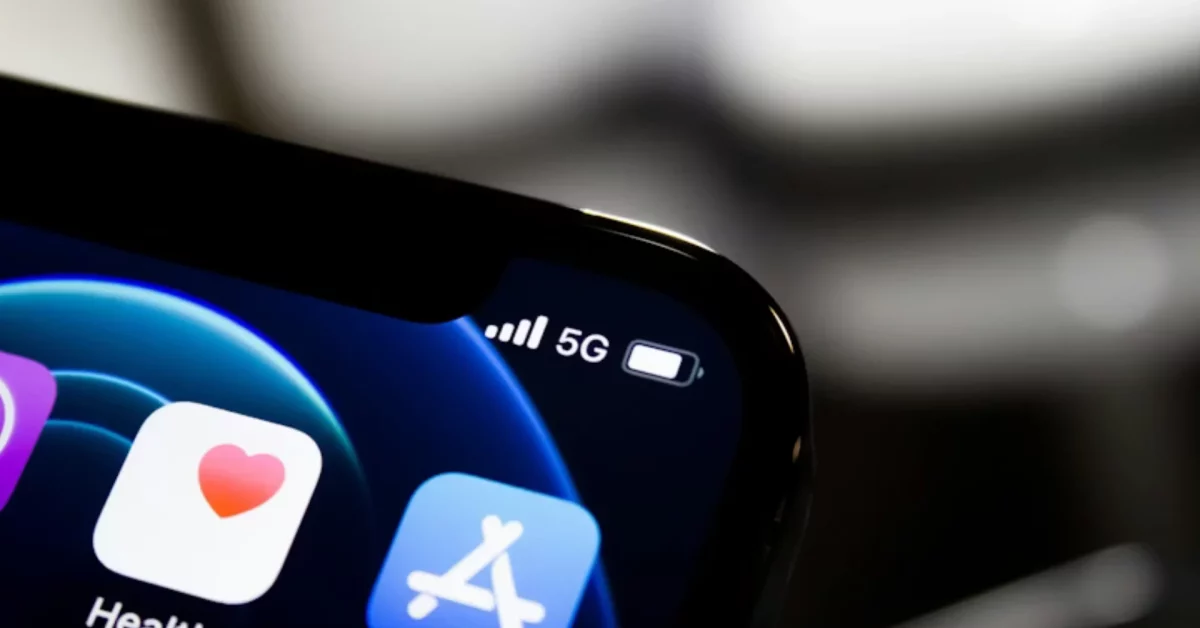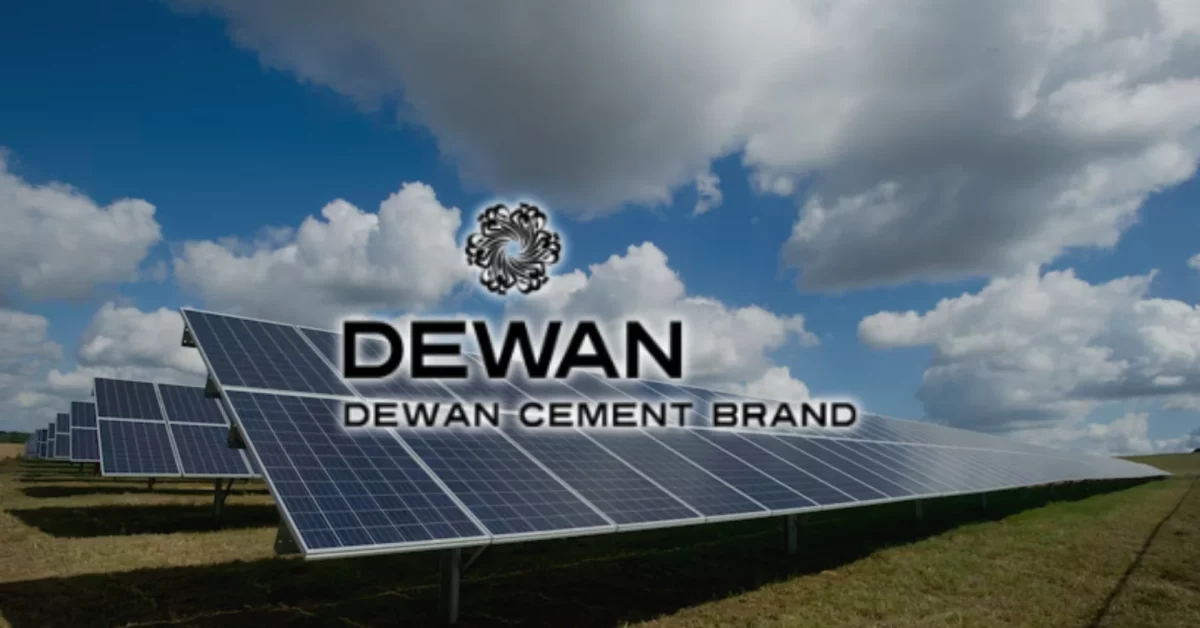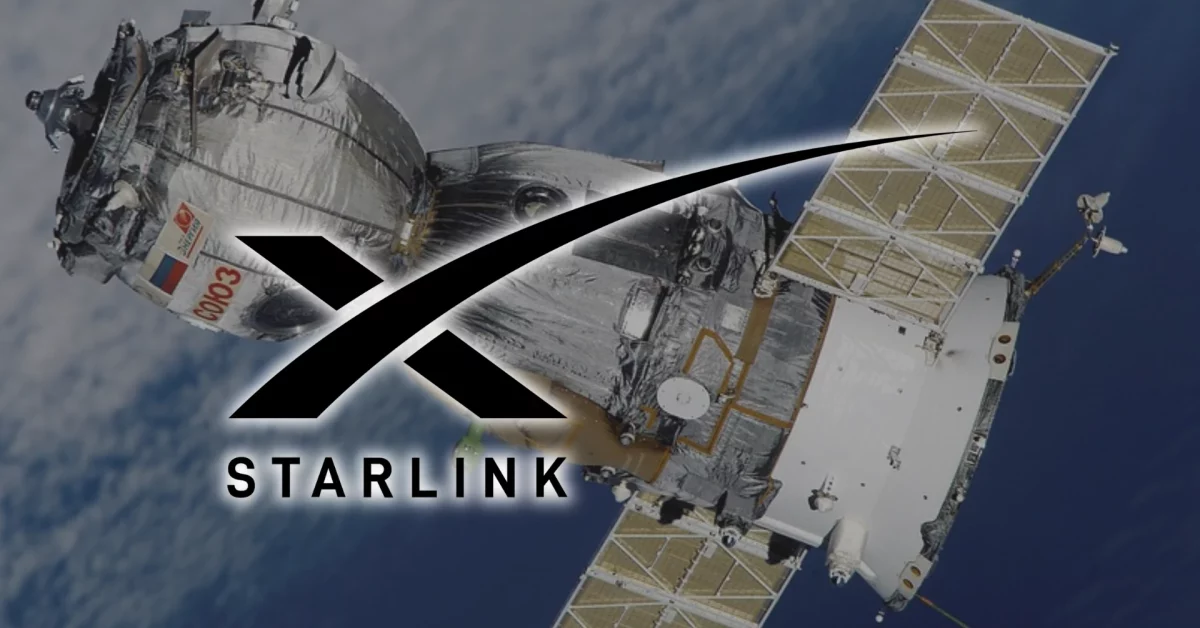
Jazz to Assist NCOC in Its Nationwide Vaccination Campaign
June 12, 2021
Jazz Partners with Sinch to Secure A2P Messaging for its Mobile Subscribers
June 17, 2021The Hovering Digital Divide in Pakistan
In the EIU’s annual Inclusive Internet Index report released earlier this year, it was highlighted that Pakistan still ranks the highest in the world when it comes to gender gap.
Though there are several improvements that Pakistan has made to improve internet access — chiefly in affordability due to market competition and lowering mobile phone costs — one of the most troubling figures is that of the digital gender parity.
Troubling figures from GSMA’s 2021 report indicate the following:
- Only 50 % of women own a mobile phone compared with 81 % of men. This is equivalent to 22 million fewer women than men owning a mobile phone
- Women in Pakistan are 49 % less likely to use mobile internet than men, which translates into 12 million fewer women than men using mobile internet.
- For an estimated 11 million women in Pakistan, family disapproval is the key barrier to owning a mobile phone.
Closing in on the mobile gender gap can benefit the society in several ways. Internet access can help empower women by making them more connected, safer and opening up access to information and life-enhancing opportunities. The report also states that once women in Pakistan own a mobile phone, they are just as likely as men to report the benefits of mobile. 58 % of female mobile owners reported that owning a mobile helps them with day-to-day work, study or chores while 66 % reported that owning a mobile makes them feel safer and 53 % reported that owning a mobile.
Additionally, closing the mobile gender gap in access and use in Pakistan could generate a 54% revenue increase for the mobile industry, equivalent to approximately $130 million.
Stakeholders in Pakistan have an opportunity to build on positive momentum in the country and accelerate digital inclusion for women. This has become even more critical in the context of the COVID-19 pandemic, which has increased the urgency of reaching women in Pakistan with mobile technology. However, digital policies seem to lack ownership; rather, successive governments as well as state institutions have been more intent on policing the internet than enabling access and promoting its use to improve human development.
It is critical that a healthy ecosystem is developed by all stakeholders and supporting policies are immediately implemented from the highest level in the journey towards a #DigitalPakistan.






